This post may include affiliate links.
If you make a purchase, I'll earn a small fee at no extra cost to you.
Growing blueberries in containers is the best way to ensure a great crop. Learn everything about growing blueberries in pots, including best varieties, soil, pests, and more.
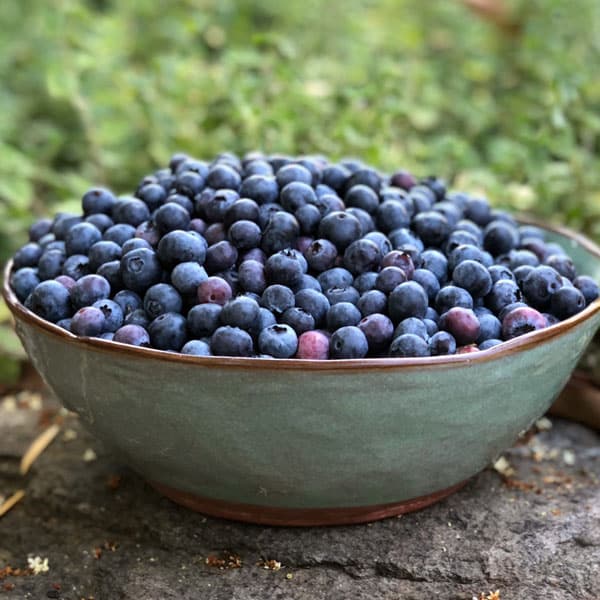
Thank you to Smart Pot® for sponsoring this article.
Why plant blueberries in containers?
You should plant blueberries in containers because then you can control the soil pH (acidity). Normal garden soil has a pH of around 7, and blueberries need a pH of 4.5 to 5.5. Fill your blueberry planters with acidic soil to ensure you get maximum growth and a big harvest.
What kind of pots are best for growing blueberries?
The best containers for growing blueberries are Smart Pots, which are durable fabric planters that are weather-resistant, UV resistant, and extremely durable. They’re also great for growing potatoes, as I learned earlier this year. Smart Pots are made in the USA and are BPA and lead free, which is important when you’re growing food.
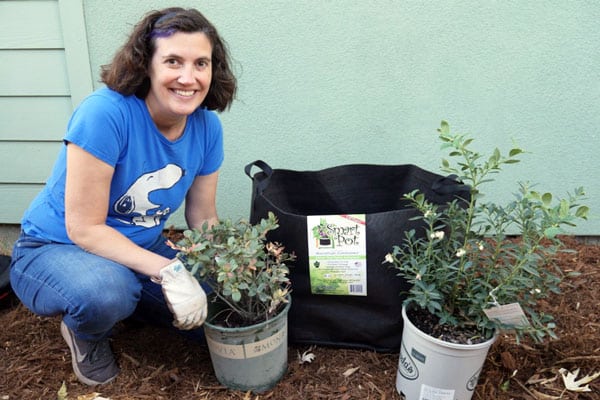
Smart Pots are great for blueberries because they encourage strong root growth. Have you ever taken a plant out of its pot and found the roots wrapped around and around inside the pot? This happens because the roots aren’t branching properly.
Because Smart Pots are porous, the roots don’t wrap around–they branch out. This is called air pruning, which a natural and healthy way to promote root growth (and therefore more nutrient absorption). Smart Pots have been studied and proven to improve plant growth! (source)
~~~~~~~~~~~~
Are you a brand new gardener? Not sure what to plant and how to plant it? I can help.
Check out my Ultimate Beginning Gardener Bundle and you’ll have a great garden in no time!

~~~~~~~~~~~~
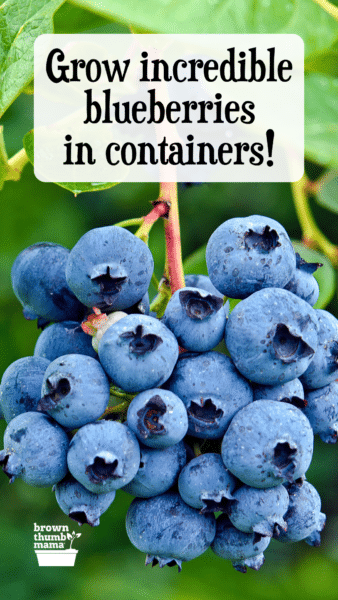
Blueberry Varieties
There are several types of blueberries, and they are best suited for different growing regions. Just like when you’re growing strawberries, your local plant nursery can recommend the best types for your area.
Lowbush: as the name implies, these are short and bushy blueberry plants, growing 1-2 feet high. Their berries are small and used primarily in baking. Lowbush blueberries grow best in US planting zones 3-6.
Northern Highbush: these can grow from 4-7 feet high, and are the most popular type of blueberries grown in the United States. The berries can be as small as ¼ inch in diameter, or as wide as a quarter! They need cold weather to set fruit, and grow best in zones 4-7. My favorite Northern Highbush variety is the large and sweet Blueray blueberry.
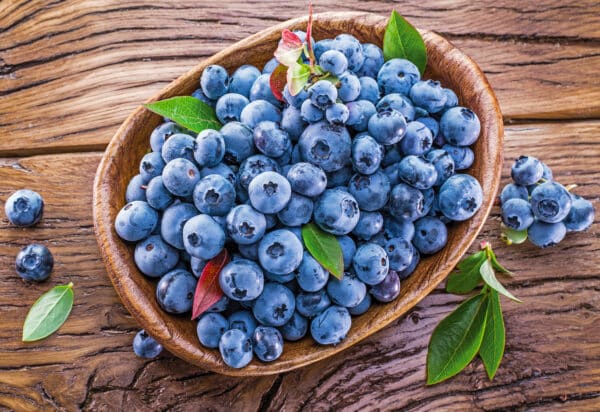
Southern Highbush: these are a hybrid designed to produce in warm weather and mild winters. Berries are typically large, up to the size of a quarter (about 1 inch). Bushes grow from 4-6 feet tall, and thrive in zones 5-10. Misty is a delicious and productive Southern Highbush blueberry.
Halfhigh: these are a cross between Northern Highbush and Lowbush, and grow to about 3-4 feet tall. Halfhigh plants produce medium (dime-sized) blueberries, and they grow best in zones 3-5. Blueberry Buckle and Blueberry Glaze are Halfhigh blueberries that are ideal for growing in containers.
Rabbiteye: these got their name because the berries turn pink (like the eye color of a white rabbit) and then turn blue. Fruit can be medium (dime-sized) to large (quarter-sized). They are the largest blueberry bushes, and can grow to 15 feet tall–so pruning is necessary. These can be planted in zones 7-10.
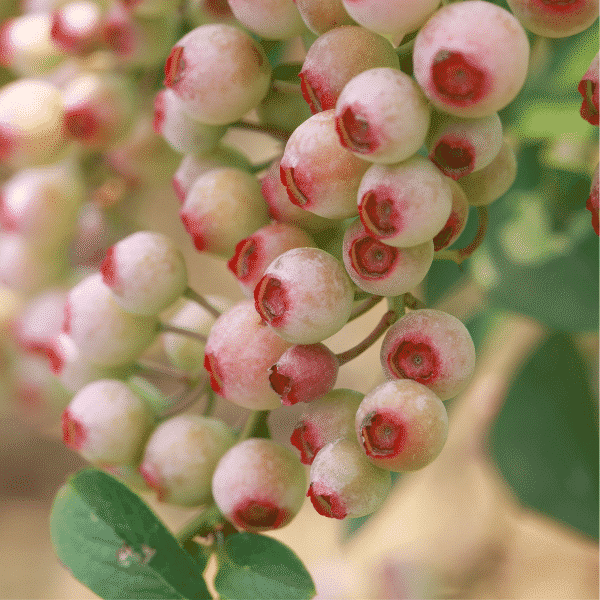
Blueberries are self-pollinating, which means they’ll produce fruit with only one plant. However, you’ll get more fruit if you plant two different varieties that bloom around the same time.
When growing blueberries in containers, choose a variety that’s for a colder zone that the one you’re in. Pots provide less root insulation than growing in the ground, and you want to be sure your berry babies will survive. I’m in Zone 9, so I chose blueberries that can be planted in zone 7.
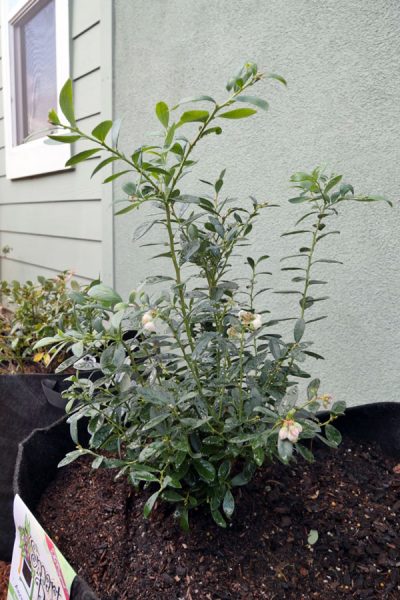
Sun, Water, Soil
The most important part of growing blueberries is pH, or acidity, of the soil. When you grow blueberries in containers, you can easily control the soil pH. Blueberries require a soil pH of 4.5 to 5.5, and this needs to be maintained over the life of the plant.
Acid can wash out of the soil over time, so use a soil tester like this one to check soil pH, moisture, and sunlight to keep your berries happy.
Blueberries need at least 6 hours of sun per day, and in hot weather a bit of afternoon shade is welcome. They will grow in partial shade, but you’ll get more fruit if they have full sun.
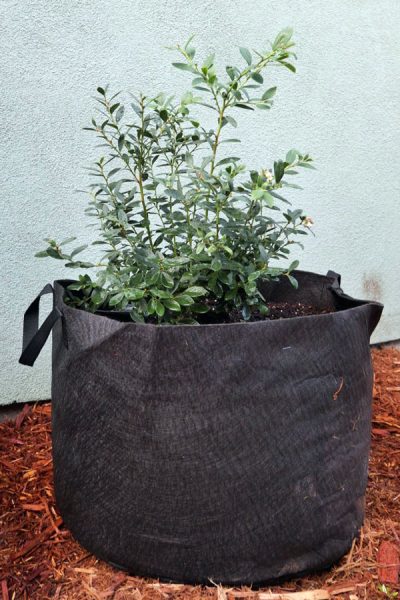
Blueberries like consistently moist soil and prefer a good soak about once a week, instead of a brief watering every day. Because blueberries don’t like soggy roots, Smart Pots are an excellent choice for planting. Smart Pots’ durable fabric allows excess water to drain easily, unlike traditional containers that may only have one or two drain holes.
Organic mulch, like pine needles, pine bark mulch, or clean wood chips (not cedar or redwood) will keep moisture in the soil and prevent weed growth.

Planting & Fertilizing
Blueberries have shallow roots, but the roots can spread up to 4 feet. I chose 20 gallon Smart Pots for my blueberries so I won’t have to move them to a larger container as they grow.
Fill your Smart Pot with acidic soil, like the kind specifically made for azaleas and hydrangeas. Mix in some homemade compost, and break up any clumps.
Make a hole about a foot deep in the center of the soil, and gently take the blueberry out of its pot. Loosen the soil around its roots, and place into the hole with this knot sitting above the soil line.
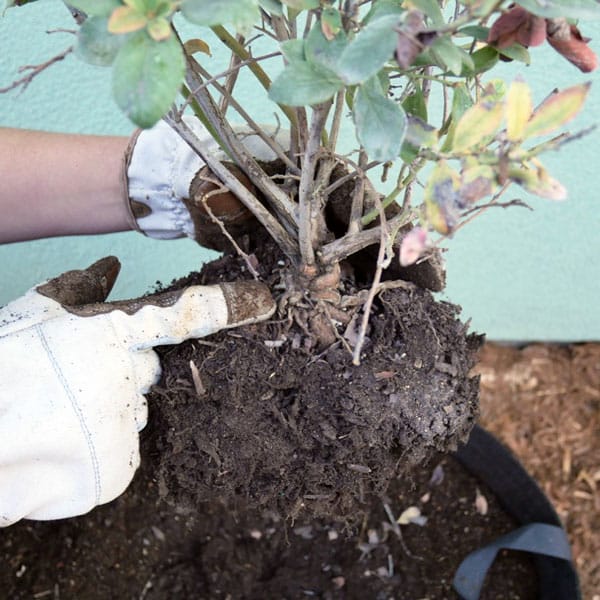
Test the soil regularly using your pH meter and fertilize/amend the soil as needed. In early spring, use EB Stone Organic Azalea, Camellia & Gardenia Food before the blooms set.
If you find that the pH is creeping up, use elemental sulfur to bring it back down.
Pests & Diseases
Blueberries are fairly resistant to bugs and disease. The most likely culprits are aphids, which can be dispatched naturally.
Many blueberry plant diseases can be avoided by planting in unused (packaged) soil, and ensuring your container has excellent drainage.
Harvesting
Blueberries are ready to harvest from June through August. You’ll know they’re ready when they’re deep blue, with smooth skin. If the skin starts to wrinkle, you’ve waited too long. In each bunch on the plant, there will be some that are ripe and some that aren’t. Pick carefully, because blueberries won’t ripen once picked.
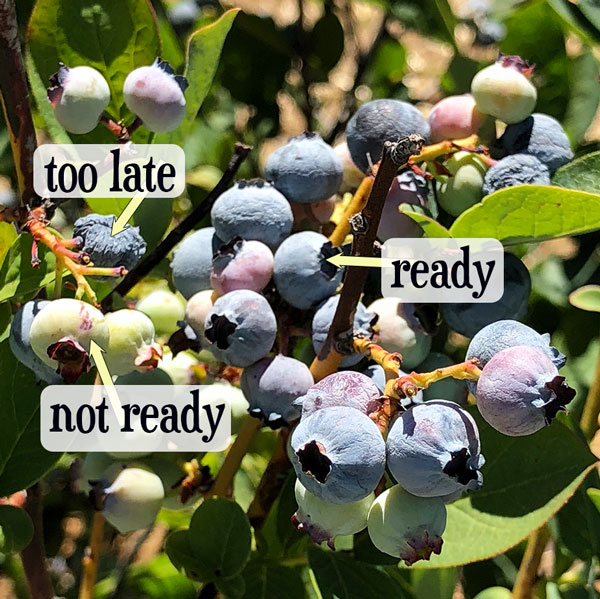
Birds, squirrels, and other critters love to eat blueberries! The best way to protect them without damaging the plant is by making a frame out of PVC pipe and covering it with bird netting. This is another reason why growing in containers is best–you can tuck the netting under the Smart Pot to keep the squirrels and raccoons out.
Enjoy your blueberry harvest! How do you eat your blueberries?



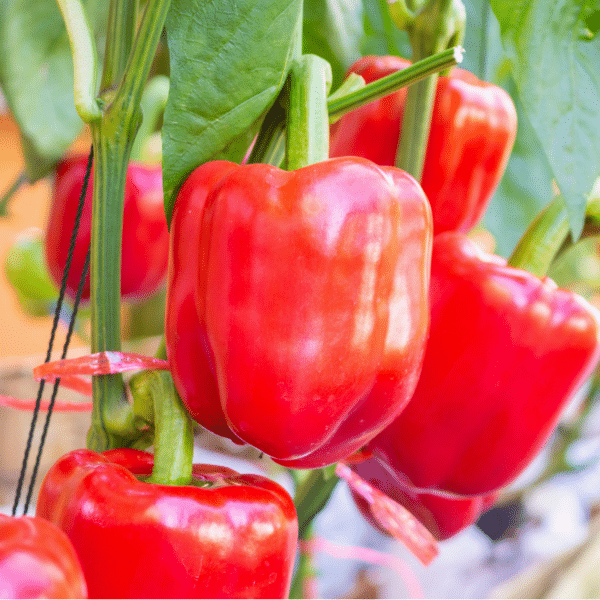
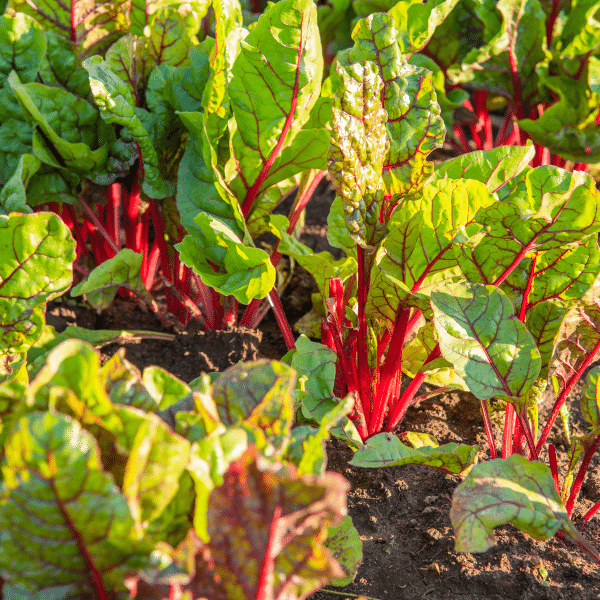
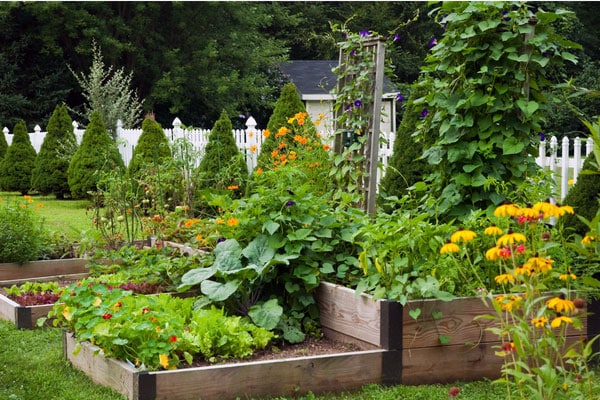
Good Work Kids Birthday eCards
good
Exploring https://rvfhemp.com/pages/where-to-order-hemp-flower-in-florida and pre roll weed has been an enlightening trip instead of me. The worth and aroma of these products are stirring, oblation a calming and enjoyable experience. Whether I’m unwinding after a crave period or seeking creative enthusiasm, hemp pre-rolls provide a commonplace additional that I can trust. The convenience of pre-rolls combined with the benefits of hemp flowers make them a go-to select for the purpose off and mindfulness. I perceive the attention to squad and spotlessness of the products, enhancing my comprehensive satisfaction. Decidedly praise stressful hemp flowers and pre-rolls to a holistic and fulfilling experience!
Hi Pam
I just want to ask you if you have a really strong but natural weed killer.
Weeds of all kinds, driving me mad. On our paved area as well in the garden.
your advise is treasured
Regards
Colleen
Hi. I’m in zone 3-4, Minneapolis. I don’t have room for a 20 gallon container, unless it’s a plastic storage-type container, on my townhouse deck, so I’m wondering what type would survive in a 5 gallon bucket. Also, during winter, do you just leave out on the deck? Thanks, I really enjoy & appreciate you.
Fantastic article! I’ve never used smart pots before, but they keep coming up over and over again. I may have to try them with blueberries this year. Do you typically replant the blueberries every year, or do they keep coming back? I’m in Zone 6b, if it helps.
Thanks!